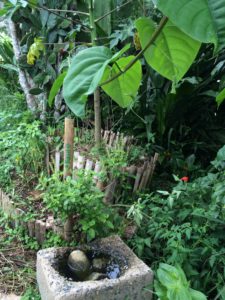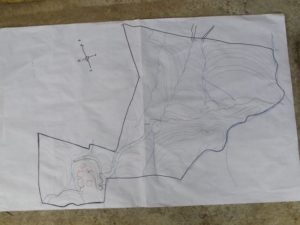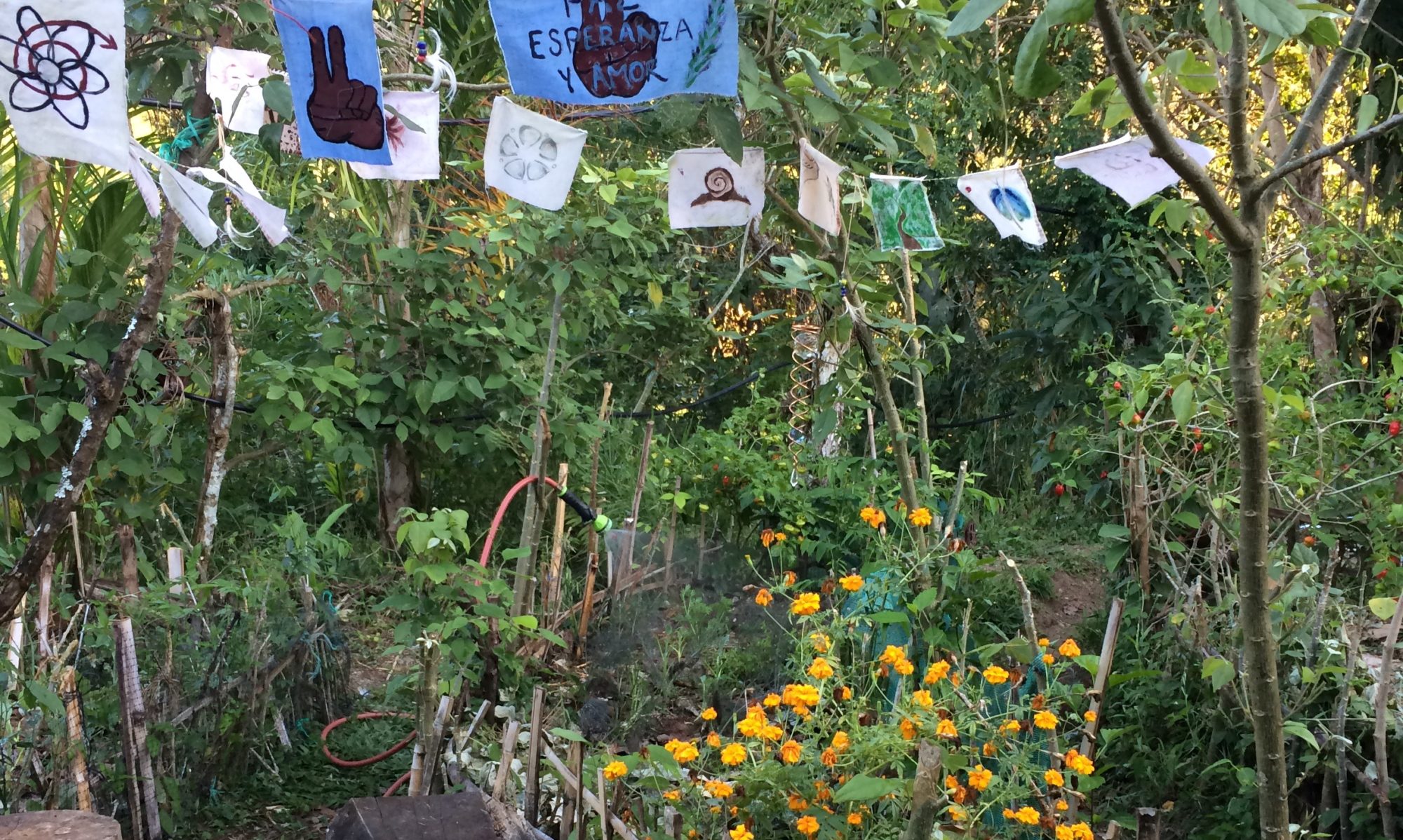Dig Deeper into Effective Action- make the most of what you have
Since we have limited capacity, we think a lot about taking effective action. We want to use all we have, in the best way, to make our work count. In my life as a community organizer, I learned this helpful acronym to work toward solving difficult social problems. Today, we are using the tool since we have no time to waste to re-habilitate degraded systems and cool the planet.

In order to document our learning and process, we, keep a journal in a central location to list upcoming projects. Our original permaculture design is also within reach.
To remember these steps for taking effective action, imagine baking an Apple, Cranberry PIE.
(Apple) Step 1- Assess Needs: to assure actions are appropriate and targeted
- Observe, and compile a list of needs, resources, and readiness
- Analyze the list to decide what would have the greatest impact
- What is the most pressing?
- Consider how often things happen, what is related, where, are there patterns?
- What are consequences of not addressing, or addressing the issue?
- Are there particular places, times, and players driving the issue?
- Are there outcomes that stand out?
- Assess what are the potential beneficial or detrimental impacts?
(Cranberry) Step 2- Build Capacity: Take into account cultural competency, sustainability, and long-term support
- Find support and information to fill in your knowledge base. Visit other sites.
- Assess readiness, accept challenges and take action
- Prepared to recognize prioritized problems as genuine concerns
- Motivated to commit resources to address those problems
- Are there opportunities for collaboration, stakeholders, volunteers, neighbors, suppliers, market, others?
- Expand resources- data, staff workloads, education, coordination, funding, space, materials, food, equipment, plants, seed, soil, compost, and infrastructure
- Other suppliers, teachers, shamans, students
- Local champions who will support these efforts
- Expand ideas; brainstorm, build your library, and connect on the web
(P) Step 3- Plan: Develop a Plan
- Keep a notebook or files of maps, lists, and notes to think through actions
- Keep records to document the process
- Select potential actions that could be effective
- Take into account all systems and individual parts impacted
- Plan for sustainability of outcomes with resources to maintain them
Look for strategies that are:
- Evidence-based
- Good conceptual fit
- Good practical fit
Think through consequences of potential actions:
- What might happen if we try this?
- Is there a more simple elegant solution?
- Is there one time or place where it all comes together or falls apart?
- How do you know it will work?
- Is there clear logic?
- Is the idea similar to others that work?
- Evidence based?
- Deemed appropriate?
- Gut knowing/guided/intuitively right?

(I) Step 4- Implement: develop action plan to implement actions and adapt as needed. Stay aware of factors that may influence how it is implemented.
- What do you expect to accomplish?
- What are the logical steps to reach goals?
- Who will be responsible for doing what?
- Develop an action plan for each action
- Consider factors that may influence implementation
- Budget, materials, staffing, sustainability, leadership aligned with values
- Time; how much it will take, when is it best to implement?
- Personal preference, experience, and vision
- Education, skills, training, feedback loops
- Ongoing education, willingness to fail and try again
- Build on successes
- Action is matched to stakeholders and the systems
(E) Step 5- Evaluate: quantify the challenges and successes of actions.
Systematically collect and analyze information about actions’ activities, characteristics, and outcomes. Use that information to refine future actions.
- Evaluate the process and the outcomes
- Record results
- Share what you learn
- Spiral in growth
- Remember, that until you’ve taken your last breath, you’re never done, especially in a garden.
- Keep the faith, find support in others doing similar work.
- Take breaks. Take time to recharge your personal batteries.

